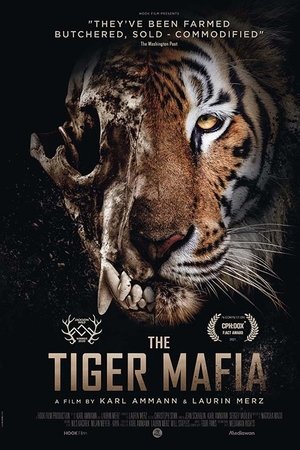
The Tiger Mafia
Cast
Crew
Videos
Recommended Movies
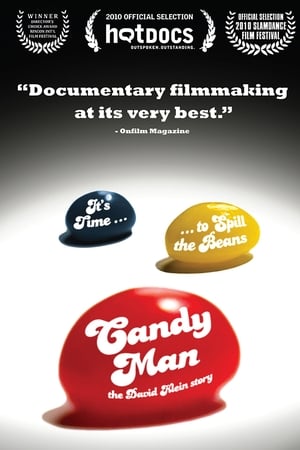 Candyman: The David Klein Story24. Januar 2010
Candyman: The David Klein Story24. Januar 2010Candyman tells the amazing true story of David Klein, an eccentric candy inventor from LA, who came up with the concept of Jelly Belly® jellybeans. These colorful beans became a pop culture phenomenon, revolutionized the candy industry and were personally endorsed by Ronald Reagen. However, David's eccentric personality and peculiar sense of business led him to leave Jelly Belly just as it was about to explode and grow into a billion dollar enterprise. Is there room for eccentric genius in the modern corporate world? The film tells how Klein may have lost his beans, but kept his soul.
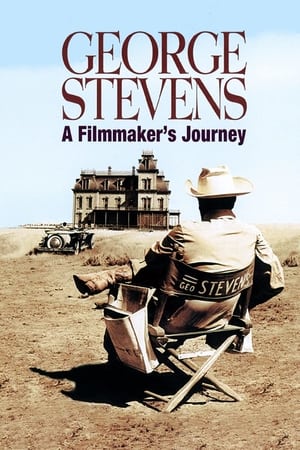 George Stevens: A Filmmaker's Journey3. März 1985
George Stevens: A Filmmaker's Journey3. März 1985Biography of the legendary filmmaker directed by his son.
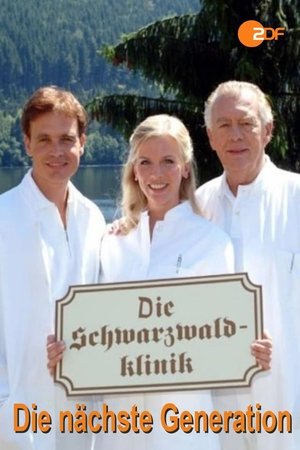 Die Schwarzwaldklinik: Die nächste Generation20. Februar 2005
Die Schwarzwaldklinik: Die nächste Generation20. Februar 2005Im beschaulichen Glottertal und im Hüsli, dem Haus von Familie Brinkmann, herrscht fröhliches Treiben, denn ein großer Tag steht bevor: Dr. Benjamin Brinkmann und Sophie Schwarz, ebenfalls Ärztin, werden heiraten. Zum Polterabend reisen natürlich die Eltern, Klaus und Christa Brinkmann aus Freiburg an, die noch nicht ahnen, dass Benjamin alle alten Kollegen der „Schwarzwaldklinik“ zum Poltern eingeladen hat. Das soll die Überraschung des Tages werden. Eingeweiht ist nur Carsta, die ehemalige Haushälterin der Brinkmanns, die noch einmal einspringt. Benjamin Brinkmann ist in die Fußstapfen seines Vaters getreten und arbeitet als Assistenzarzt in der „Schwarzwaldklinik“. Kein leichtes Erbe, wie er täglich feststellen muss. Denn für Benjamin stehen, wie früher bei seinem Vater, die Patienten mit ihren Ängsten und Nöten im Mittelpunkt seiner Arbeit. Eine Einstellung, die nicht immer mit der der Klinikführung, die unter dem Druck der Einsparungen steht, in Einklang zu bringen ist.
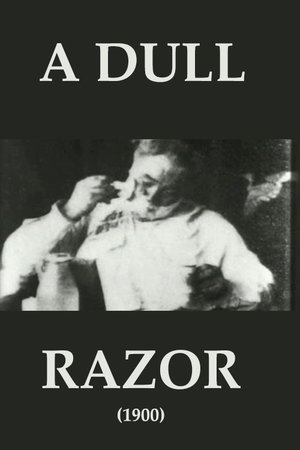 A Dull Razor21. Mai 1900
A Dull Razor21. Mai 1900This picture shows an old gentleman seated at his shaving table. The razor is evidently giving him a great deal of trouble...
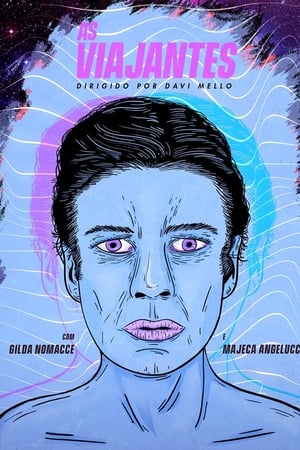 The Travelers23. August 2019
The Travelers23. August 2019On a Friday night, two actresses share their fears.
 Real14. September 2009
Real14. September 2009Anna – the mother of a 16-year-old Adaś, who is dying of cancer, is desperately trying to find Wiktor, an author of an internet blog. Wiktor maintains to have found a cure for cancer. Anna’s night journey through the real and virtual world ends with a shocking discovery. The film is based on the short story 'Płomyk za szybą' [Flame behind the Window] by Marcin Kaczmarek and corresponds to the tenth Commandment: 'You shall not covet your neighbour’s goods'.
 Caps27. Oktober 2017
Caps27. Oktober 2017Er ist ein knallharter Geschäftsmann und ein Meister des Wettbewerbs. Doch als ein Zwischenfall sein Leben auf den Kopf stellt, sucht er Trost bei einem alten Freund.
 Bionik Revolution - Die besten Ideen der Natur1. Januar 2012
Bionik Revolution - Die besten Ideen der Natur1. Januar 2012This innovative and spectacular 3-part series shows how examples from nature can make human beings and their machines faster, smarter and more efficiently. Whether in ice deserts, under thousands of meters of water, or on the highest mountains in Order to survive, animals need the conceivable best, toughest and most sophisticated equipment. Over the past three and a half billion years of evolution always had it develop new, more crafty plans and recipes. When we observe people's nature, therefore we find many of our own toughest technical problems already solved. We just have to look closely.
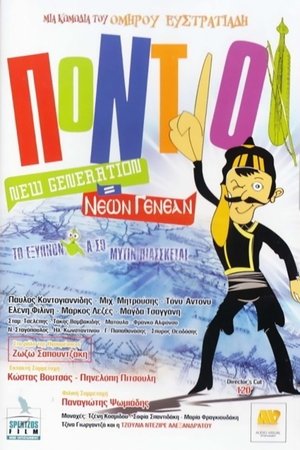 The Pontians: New Generation13. Oktober 2011
The Pontians: New Generation13. Oktober 2011Director Haritidis undertakes to adapt his friend, Prefect Panagiotis Psomiadis' book about their parents' adventures for the cinema. The book is about two children who unwittingly witness a mafia clash but, more importantly, see where these people hid a treasure. Years later, the two boys, crippled by debt, decide to search for it. Unfortunately for them, a convent has been built on the site. The adventures begin when the two men, now grown up, try to devise ways to enter the convent and search for the treasure undisturbed.
 Love Behind the Barrier13. Oktober 2022
Love Behind the Barrier13. Oktober 2022A teenage girl faces her obstacle in her love for a talented boy.
 Pluto bei den wilden Tieren20. November 1942
Pluto bei den wilden Tieren20. November 1942Pluto walks past the zoo and sees the huge bone the sleeping lion has but getting it out is easier said than done. He gets it out of the lion's cage, but then has to face the kangaroo and its playful joey. Next is the gorilla, then the crocodiles.
 Call31. Juli 2021
Call31. Juli 2021A woman is taking an old elevator up to her new apartment that she has just moved into. The oddly old and ringing phone inside the cabin is freaking her out. Over the line she is told about nightmares that are about to become true.
 Touch10. Januar 2002
Touch10. Januar 2002A boy, abducted and abused for eight years returns home to find that the experience remains an indelible part of him.
 The Last Well17. November 2017
The Last Well17. November 2017The year is 2037. Europe is in a state of complete breakdown. The owner of the last well of natural pure water becomes substitute father and husband. But when his well runs dry, he is forced to do the one last "trade".
 Reconversion11. August 2012
Reconversion11. August 2012With Reconversão (Reconversion), Thom Andersen opens another fascinating chapter of his ongoing investigation of architectural landscapes, their filmic representation, and their relation to history, by focusing on 17 buildings and projects by the often-controversial Portuguese architect Eduardo Souto de Moura—winner of the 2011 Pritzker Prize. Echoing Dziga Vertov’s concepts and Eadweard Muybridge’s techniques (shooting only one or two frames per second), Andersen masterfully brings forward what makes Souto de Moura an original: the incorporation of the passing of time into architectural designs, positing them within a history fraught with class struggle and societal changes, in a continuum with ruins—from which they may originate, and to which they will return—and with nature—which they frame, and by which they are framed.
Similar Movies
| Origin Country | CH |
| Original Language | en |
| Production Countries | Switzerland |
| Production Companies |